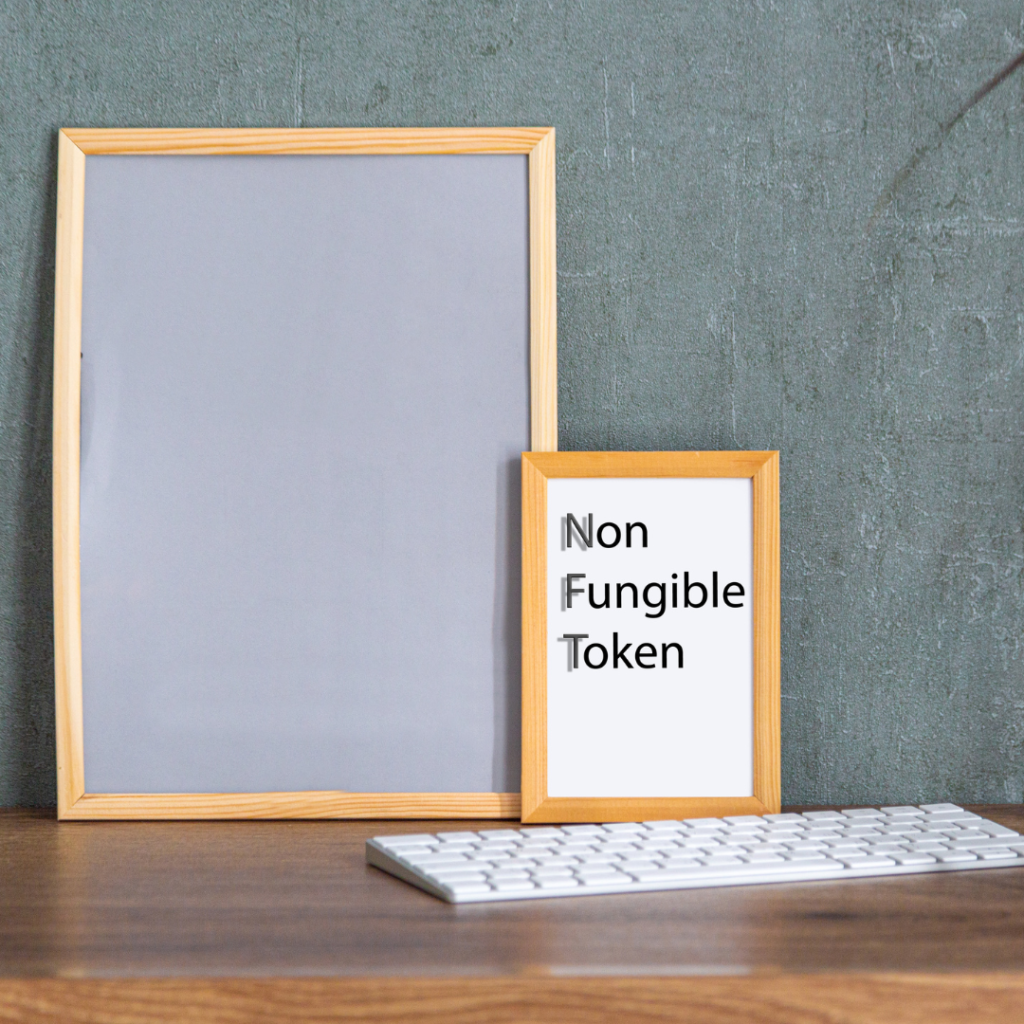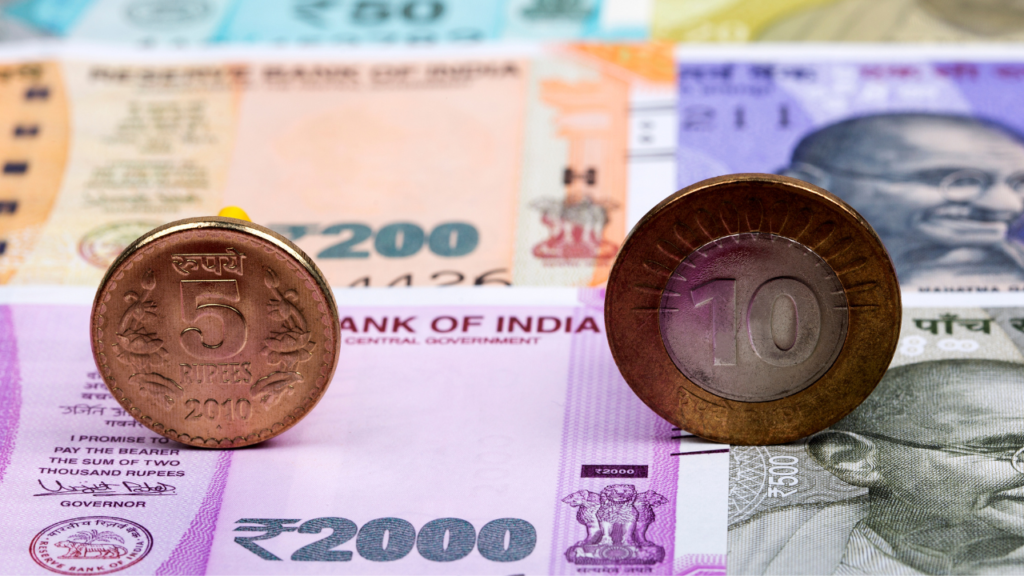
What is a Non-Fungible Token (NFT)?
If you’re unfamiliar with the word ‘non-fungible token’, then it’s necessary to firstly try to understand what ‘fungible’ means, what a ‘token’ is, and what features distinguish a token as ‘fungible’ or ‘non-fungible’.
First let us see what a ‘token’ is:
A ‘token’ can be anything that is used to symbolize value, and the most common example is the ‘Cash’. The worth of currency is not in the paper or metal from which notes and coins are created, but in the products and services that may be purchased with a particular quantity of cash.
Tokens have significance because they simplify daily transactions by eliminating the need to swap tangible assets for things that are necessary. Nowadays, we are used with (and happy using) tokens in a number of formats, such as movie tickets or casino chips or gift vouchers, etc. Even electronic banking uses tokens in this scenario; instead of physically passing currency from one person to another, a computer transmits the same value amount from your bank account to somebody else’s.
Now let’s dig deeper – what is a ‘Fungible token’?

The term ‘fungible’ relates to the inter-changeability of specific items and denotes anything that may be traded or swapped for equivalent value. For instance, a barrel of oil is fungible (i.e. interchangeable for another barrel of oil).
Fungible tokens, too, are interchangeable. As an illustration, every Rs. 500 note is equal to every other Rs. 500 note, allowing you to exchange any Rs. 500 note (assuming it is not a fake note) for Rs. 500 in products or services. For fungible tokens maintained in electronic form, such as bank account balances, each token, or rupee amount in our example, is identical to the each other, and so may be used as a medium of exchange for carrying out commercial transactions.
Then what makes non-fungible tokens different?
Non-fungible tokens (NFTs), like crypto-currencies, are block-chain based digital assets having distinctive identification codes and information that separate them from one another. However, contrary to crypto-currencies, they cannot be sold or swapped for equivalents.
The distinction between the a fungible and non-fungible token is that a fungible token is generally used for transferable assets or as a method of exchange in order to enable transactions, but an NFT’s main purpose is to serve as an electronic depiction of an asset that is distinct.
Non-fungibility requires that an object be distinct, identifiable, and hence non-interchangeable. For instance, in the case of the Rs. 500 note example mentioned above, a note signed by a celebrity or well-known sports personality makes the note unique (not just a Rs. 500 rupee note, even their signature in a piece of paper is unique) and is therefore probably worth much more than its actual value.
How do NFTs work?

NFTs are a development of the fairly simple notion of crypto-currencies. Modern financial systems include complex trading and lending systems for many asset kinds. NFTs advance the reshaping of this framework by allowing for digital versions of both tangible and intangible assets.
For instance, NFTs are an excellent way to digitally depict both physical assets (such as real estate, artwork, collectibles, wine, and so on) and intangible assets (such as the rights to a famous recording artist’s or group’s back catalogue). Given that they are built on block-chains, NFTs can also help to eliminate middlemen, link artists with viewers, streamline trades, and create new marketplaces. NFTs reflect digital or physical artwork on a block-chain, eliminating the need for agencies and allowing artists to communicate directly with their customer base.
How can NFTs become riskier?
NFTs are online assets that also serve as certificates of possession, typically for digital products such as art or videos, but might also be for tangible items such as wardrobe or a car.
The NBA and NFL, two US-based sports leagues with global fan bases, were among the first to offer NFTs of collectible cards of athletic icons, films of iconic events, and even jerseys autographed by players. This is all about utilizing NFTs to capitalize on a dedicated fan base by providing them with exclusive content.

However, while NFTs have the potential to benefit large businesses, they also carry significant dangers. Because the market for these is unstable, and hence if the market drops significantly, many buyers of these NFTs will be holding on assets of lesser value, which were once valued far more few months ago. As a result, a famous sports team, such as Real Madrid or Manchester United, may unknowingly undermine the financial well-being of its supporters. We cannot also claim that the team should pay its supporters in any way to prevent jeopardizing their relationship with them. Another concern is that fans may act like day traders, trading NFTs in order to earn some quick money. Also, critics may accuse the club of facilitating gambling.
Another risk is the negative consequences of a business handing authority over its assets to unidentified third parties. Imagine a fashion designer company that prioritizes sustainability and activism, but its NFTs are embraced by a large fossil fuel businessman. This would completely undermine the ultimate aim, causing the fashion designer company’s brand value to plummet and ultimately reducing its market share.
Conclusion:
NFTs are largely traded in an unregulated market and these investments are both speculative and risky. Hence retail investors are better-off if they avoid these NFTs and stick to the traditional investment routine of stocks, bonds, mutual funds, gold, etc.





